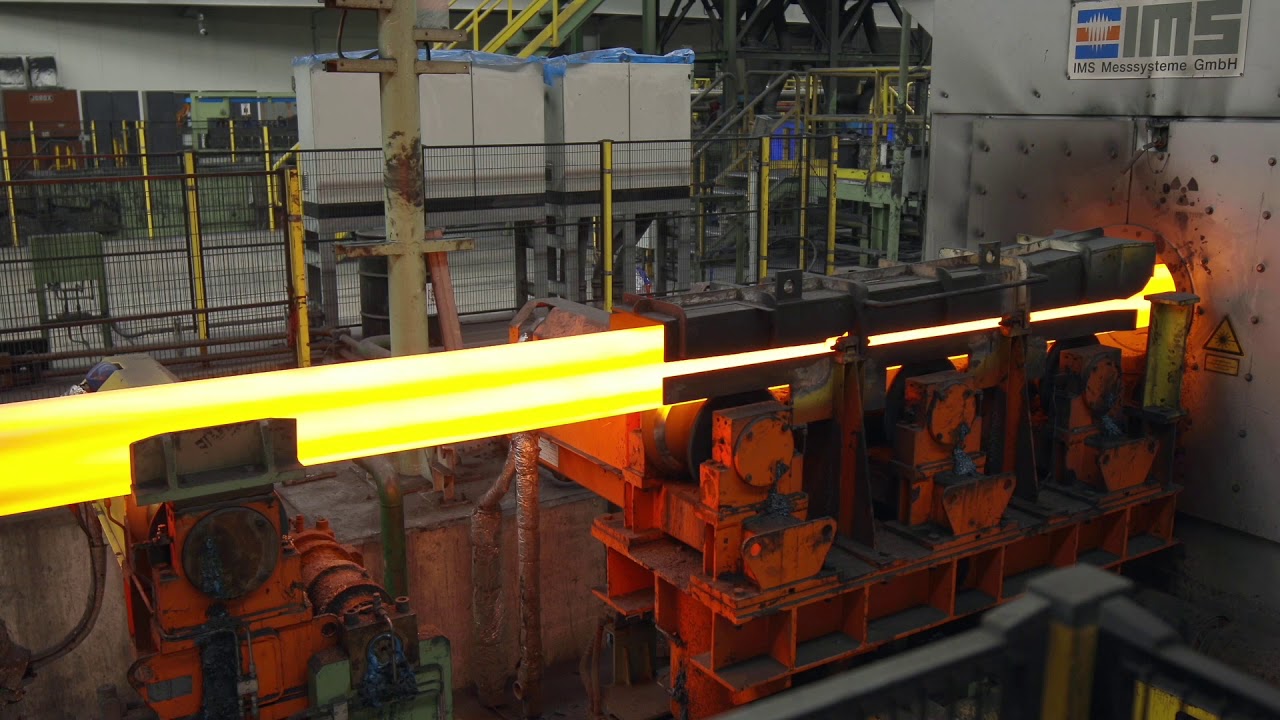Automation and robotics have revolutionized industries across the globe, and the steel pipe manufacturing sector is no exception. In recent years, advancements in technology have significantly transformed the way steel pipes are produced, leading to increased efficiency, precision, and safety in manufacturing processes. UNIACERO, a leading steel pipe manufacturer, recognizes the transformative potential of automation and robotics in modern manufacturing. Committed to excellence, UNIACERO leverages cutting-edge technologies to deliver high-quality steel pipes that meet the diverse needs of industries worldwide. Click here to learn more about UNIACERO. This article explores the pivotal role of automation and robotics in modern steel pipe manufacturing facilities, highlighting the benefits and challenges associated with their implementation.
Streamlining Production Processes
Automation and robotics play a crucial role in streamlining production processes within steel pipe manufacturing facilities. Automated systems are capable of performing repetitive tasks with high precision and consistency, resulting in improved productivity and reduced cycle times. By automating various stages of the manufacturing process, such as cutting, welding, and inspection, manufacturers can achieve higher throughput rates and meet growing demand more efficiently.
Enhancing Precision and Quality Control
One of the key advantages of automation and robotics in steel pipe manufacturing is the ability to achieve unparalleled levels of precision and quality control. Robotic systems equipped with advanced sensors and vision systems can perform intricate tasks with micron-level accuracy, ensuring that each steel pipe meets the required specifications and quality standards. Automated inspection processes can detect defects and deviations in real-time, allowing for prompt corrective actions and minimizing the risk of defective products reaching the market.
Improving Workplace Safety
Automation and robotics also contribute to improving workplace safety in steel pipe manufacturing facilities. By automating hazardous tasks and reducing the need for manual intervention, manufacturers can minimize the risk of workplace accidents and injuries. Robotic systems are capable of handling heavy loads and operating in challenging environments, such as high-temperature or confined spaces, where human workers may be at risk. Additionally, automated safety protocols and fail-safe mechanisms further enhance the safety of manufacturing operations.
Optimizing Resource Utilization
Efficient resource utilization is another benefit of automation and robotics in modern steel pipe manufacturing facilities. Automated systems can optimize energy consumption, raw material usage, and equipment utilization, leading to cost savings and environmental sustainability. By minimizing waste and maximizing efficiency throughout the production process, manufacturers can reduce their environmental footprint and contribute to sustainable manufacturing practices.
Challenges and Considerations
Despite the numerous benefits, the adoption of automation and robotics in steel pipe manufacturing is not without its challenges. Initial investment costs, technological complexity, and the need for specialized training are some of the factors that may deter manufacturers from fully embracing automation. Additionally, integrating automated systems with existing infrastructure and ensuring compatibility with legacy equipment can pose logistical challenges. However, with proper planning, implementation, and ongoing support, these challenges can be overcome, and the long-term benefits of automation can be realized.
Conclusion
In conclusion, automation and robotics play a pivotal role in modern steel pipe manufacturing facilities, offering a myriad of benefits including streamlined production processes, enhanced precision and quality control, improved workplace safety, and optimized resource utilization. While there are challenges associated with the adoption of automation, the potential rewards far outweigh the initial investment. As the industry continues to evolve, embracing automation will be essential for steel pipe manufacturers to remain competitive, meet customer demands, and drive innovation in the years to come.


